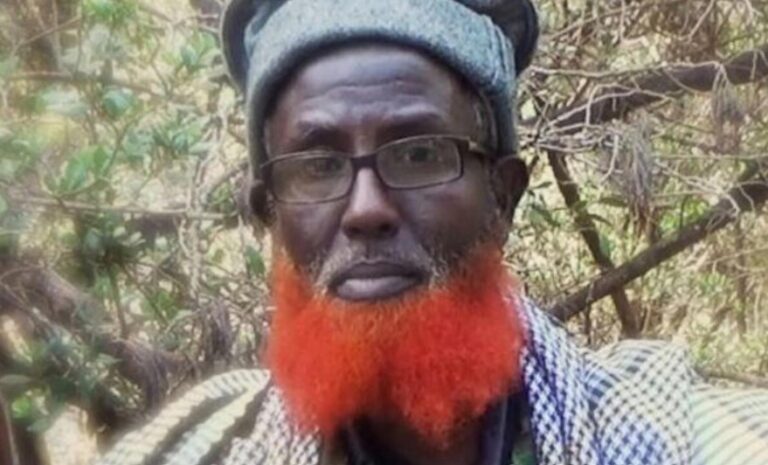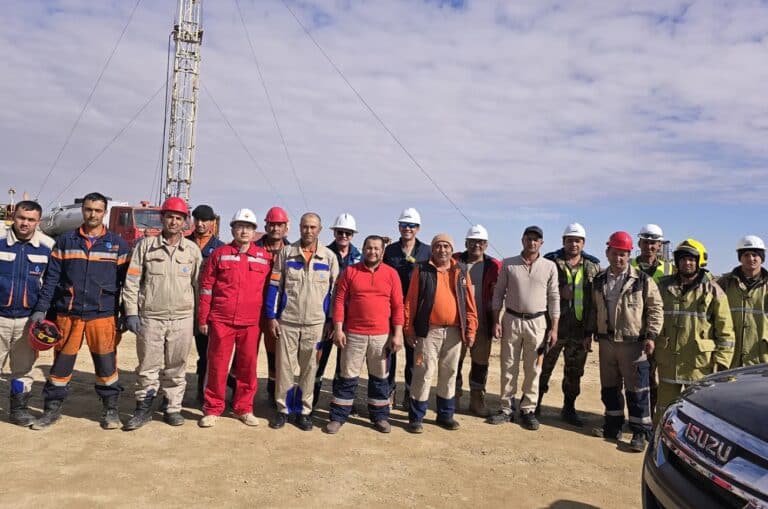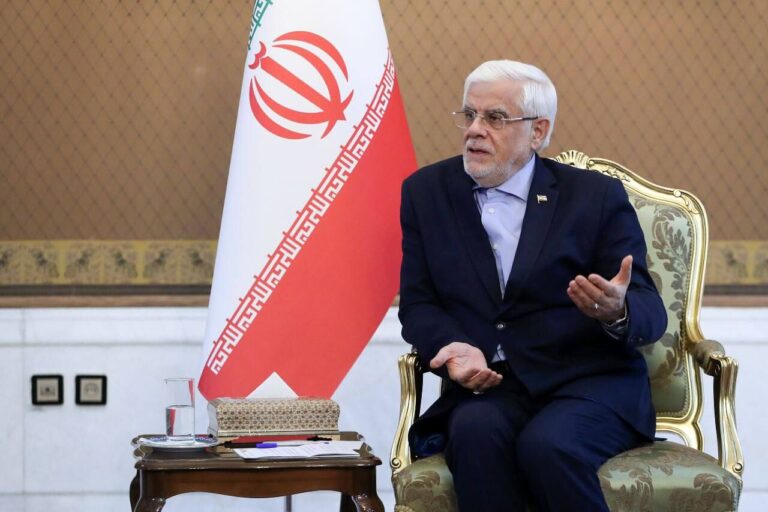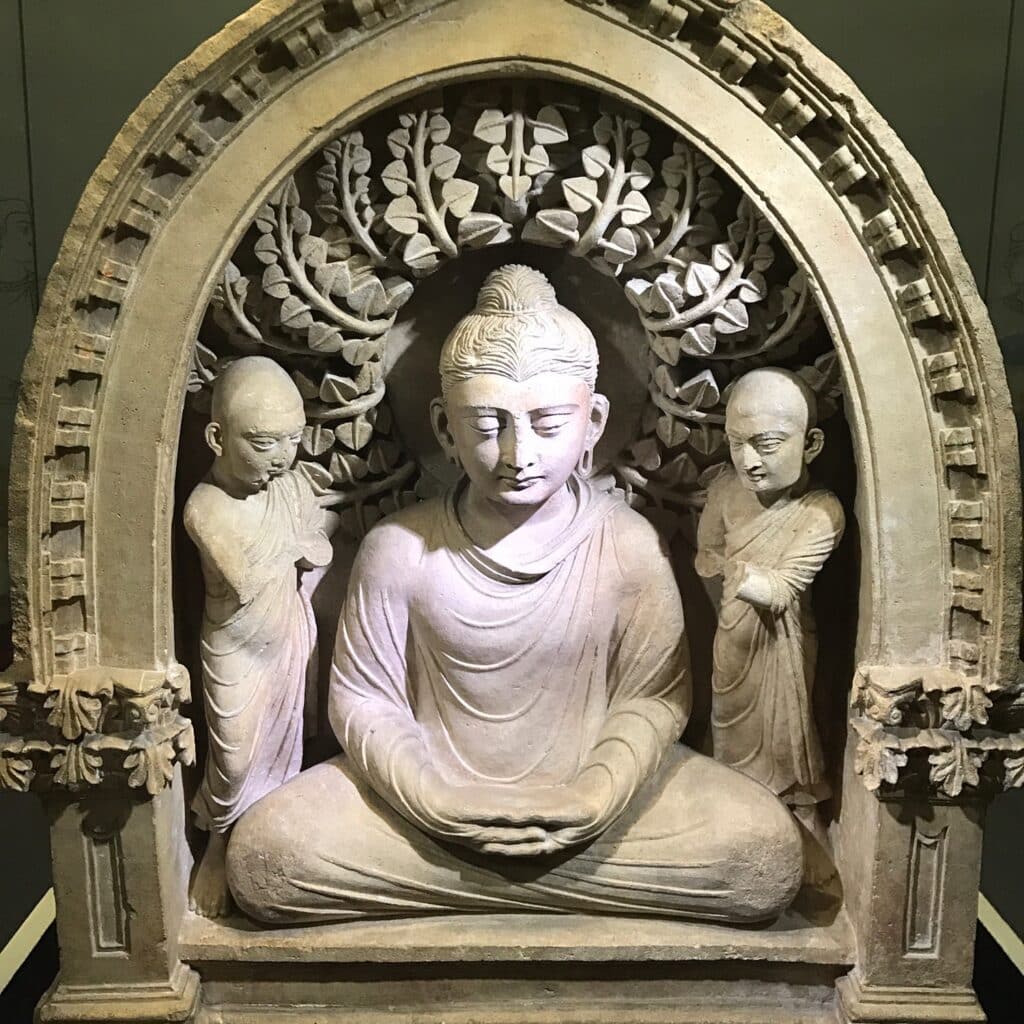
Uzbekistan safeguards a rich cultural heritage in which Buddhism holds a distinctive place. Among the most significant landmarks is ancient Termez on the border with Afghanistan. More than two millennia ago the city was a spiritual and cultural hub of Buddhism along the Great Silk Road.
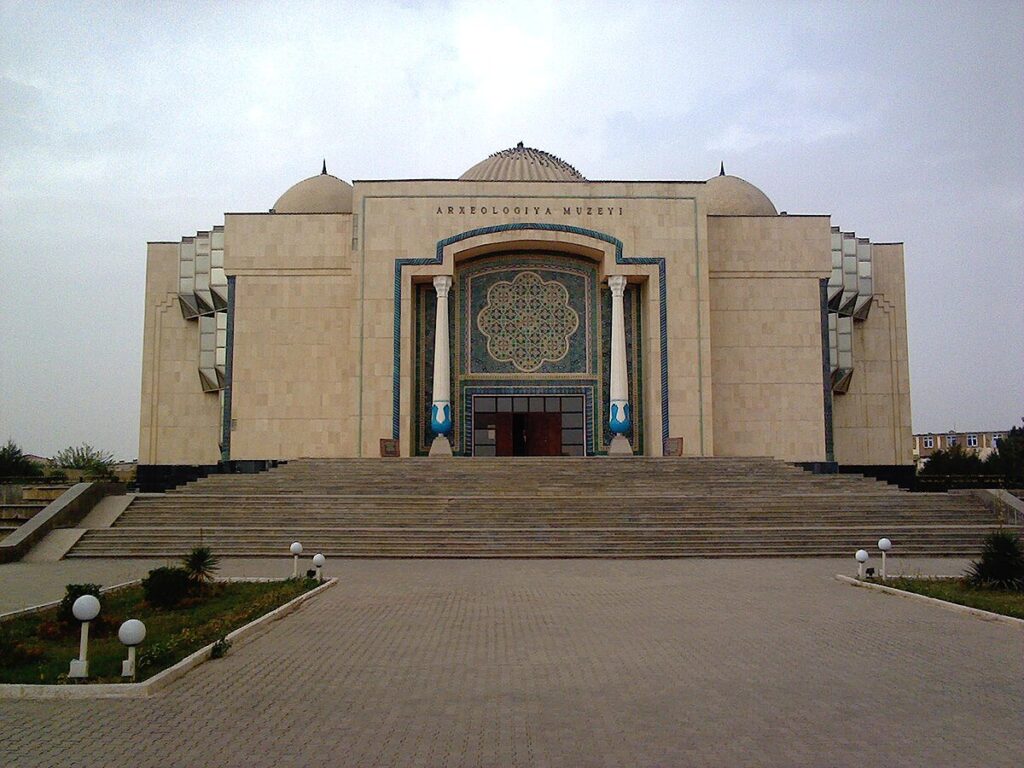
Today the Termez Archaeological Museum preserves invaluable finds while the city itself remains a key site for studying the region’s Buddhist heritage.
From this article you will learn:
- Who Buddha was and what his title means
- How Buddhism reached Uzbekistan
- Monuments such as Fayaztepa, Karatepa, Airtam, Zurmala and Zartepa
- The famous golden hoard of Dalverzin Tepe
- Tajikistan’s Buddhist symbol — the Buddha in Nirvana
Buddha — the Enlightened One
Buddha is not a name but a title. The Sanskrit word means «enlightened». Buddhists believe that more than 2,600 years ago Siddhartha Gautama attained profound understanding of the nature of suffering and happiness.
He taught:
«I can only show the way. You must walk it yourself.»
His philosophy stressed that truth may be reached by many paths.
Today Buddhism is followed by some 507 mln people, mainly in China, Thailand, Myanmar, Japan as well as Cambodia, Sri Lanka, Laos, Mongolia and Bhutan.
How Buddhism Entered Central Asia
Buddhism reached Central Asia during the Kushan Empire, brought by missionaries from India. Termez became one of its key centres, playing a vital role in spreading the new faith. The state was known for religious tolerance: Buddhists, Zoroastrians, Jews and Tengrians lived side by side, and by the first century AD Christianity had also appeared.
Historian Ravshan Nazarov notes that Buddhist heritage is not confined to Uzbekistan. Traces have been found in southern Tajikistan, northern Afghanistan and possibly in southern Turkmenistan. Archaeologists in Margush, near modern city of Mary, uncovered temple remains resembling Buddhist structures.
There are several theories about how Buddhism spread further. Archaeologist Ulugbek Khalmuminov highlights one view that the first missionaries may have travelled directly to China from India as early as the third century BC. Yet most scholars agree that Central Asia was the decisive link. Through Bactria, today’s Surkhandarya region, and Parthia Buddhism spread northeast to China and later may have reached Korea and Japan.
«Many sources, including Chinese and Kushan records, state that people from Central Asia played a significant role in the spread of Buddhism in China,» Khalmuminov explains.
According to the Encyclopaedia Britannica, the spread of Buddhism in Central Asia is still not fully understood. What is known is that trade routes from India to China were crucial in its establishment and flourishing. Buddhism endured in the region for centuries and peaked by the eleventh century, especially with support from Uighur rulers.
From the seventh century onwards, however, Islam began to displace it, and after the decline of the Tang dynasty Central Asia lost its status as a cultural and commercial hub. Gradually Buddhism disappeared from the region.
Buddhist Heritage of Uzbekistan and Central Asia
Uzbekistan’s Buddhist heritage includes a range of archaeological finds:
- cave and surface temples and monasteries at Karatepa
- the Fayaztepa complex
- the Zurmala stupa
- Buddhist monasteries in Airtam
- Dalverzin Tepe
- Zartepa
One of the most important Buddhist centres of Kushan Bactria was Tarmita, now Termez.
Fayaztepa — A Jewel of Buddhist Architecture
Built about two millennia ago under the Kushans, the complex included a temple, monastery and quarters for pilgrims. Its layout was sophisticated: 19 halls, colonnades, murals and reliefs.
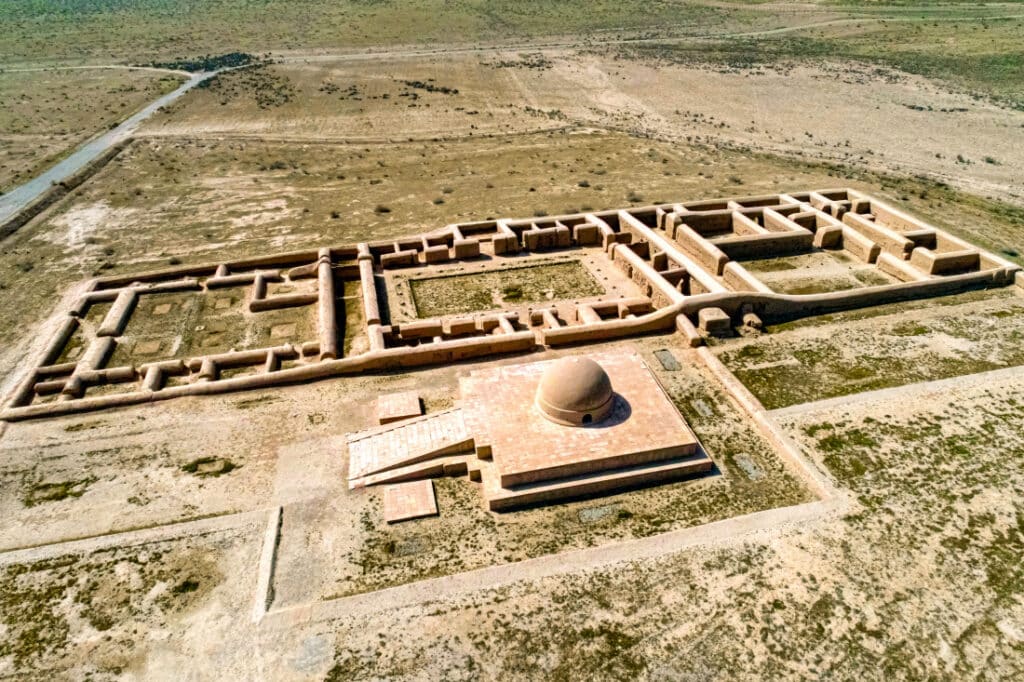
The famous Buddhist triad was discovered here, with the original now preserved in the State Museum of History of Uzbekistan.
Buddhism thrived in the region for about six centuries before spreading further to China, Korea and Japan.
Dalverzin Tepe — The Golden Hoard
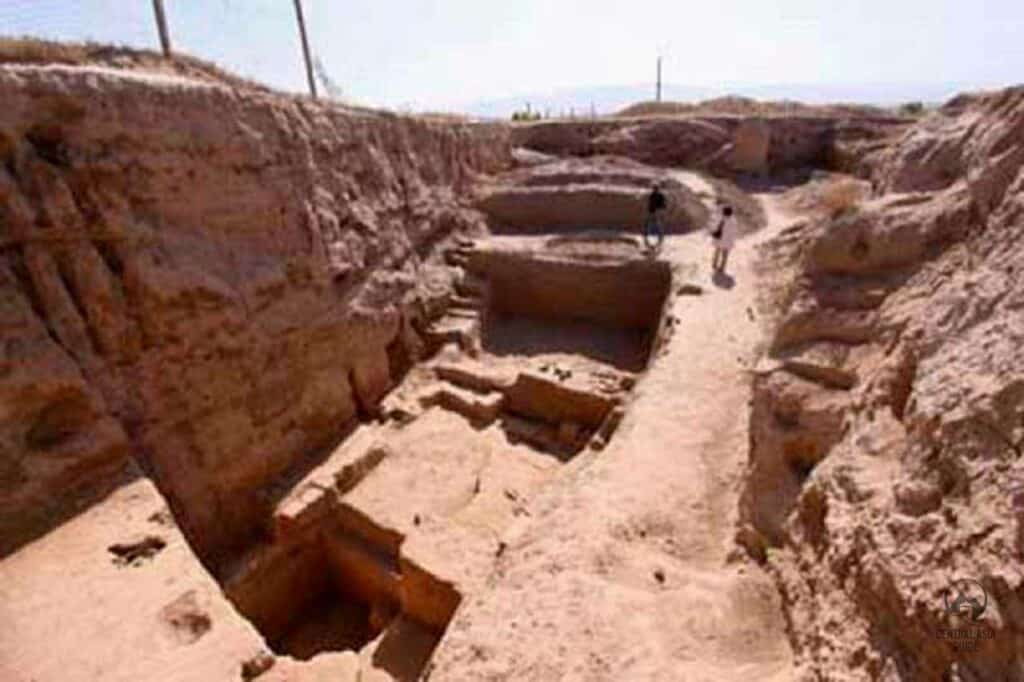
In 1972 archaeologists excavating Dalverzin Tepe uncovered the largest treasure of gold objects in the region’s history, weighing around 36 kilogrammes and dating to the first century AD. Among the finds were jewellery, household items and Kushan coins.
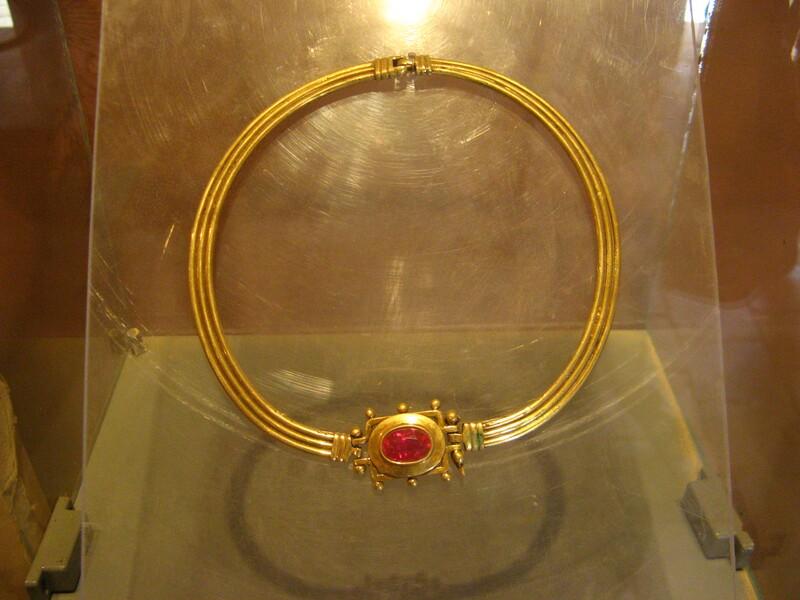
Dalverzin Tepe, founded in the third century BC, had streets, terraced houses, household goods, statues of Buddha and tableware with Buddhist symbols. The discovery was a sensation in Central Asian archaeology and underlined the region’s importance as a Buddhist cultural centre. Today the collection is kept in the Central Bank of Uzbekistan.
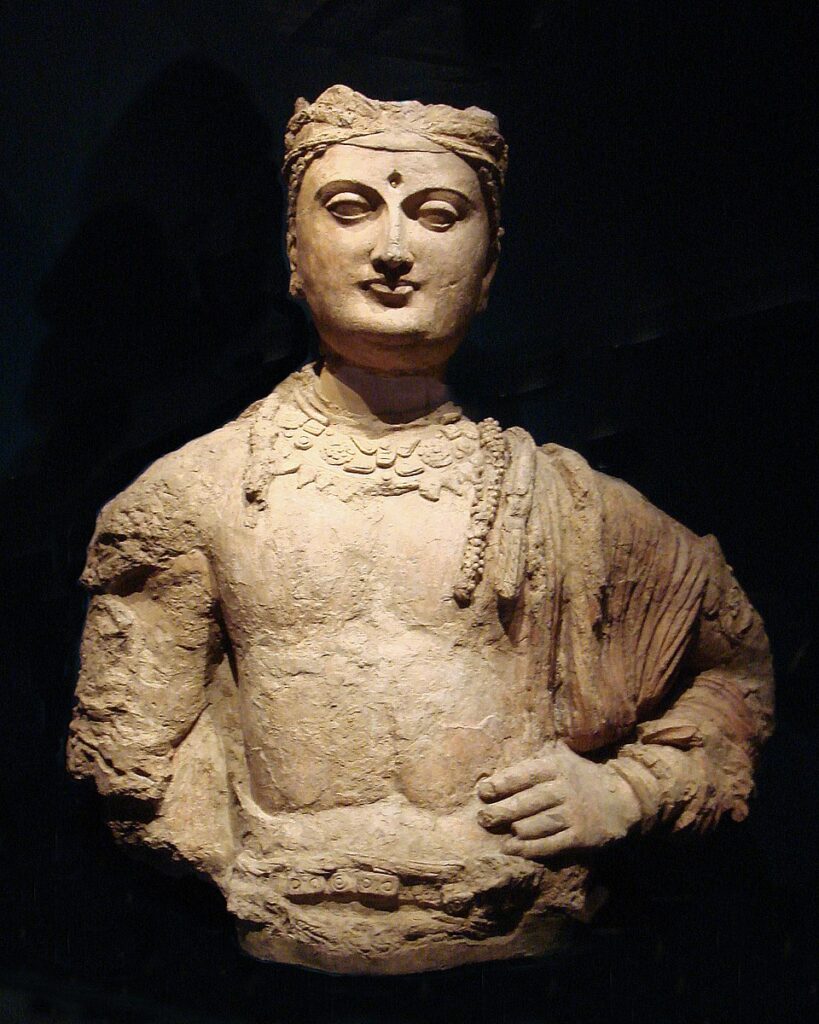
Karatepa — A Buddhist Landmark on the Afghan Border
Karatepa lies in Termez on three sandy hills whose name translates as «black hills».
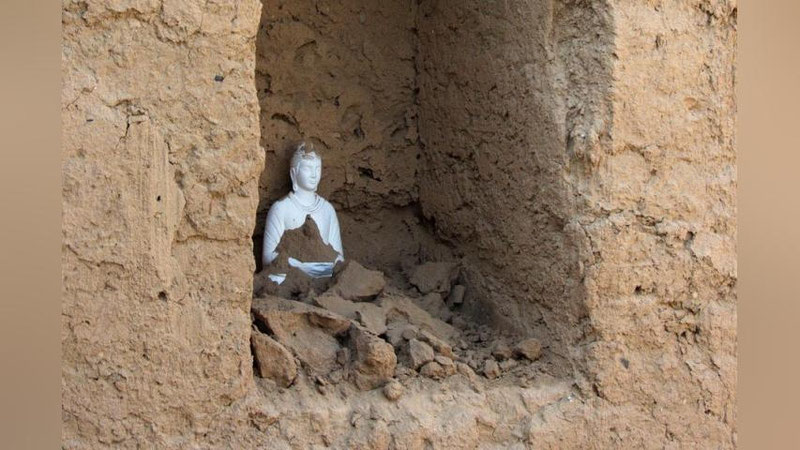
The complex began operating in the first century AD, when Buddhism flourished in the region.
Discovered in 1937 by archaeologist M. A. Stepnov, who carried out the first excavations, the site was studied further between 1962 and 1977.
Karatepa was not only a place of worship but also a major educational centre where monks and pilgrims from many lands gathered.
Architecturally it combines cave temples cut into sandstone with buildings of mud-brick and pakhsa. The temples were adorned with frescoes, ornaments and clay sculptures. Covering around eight hectares, archaeologists have documented eight monastery complexes.
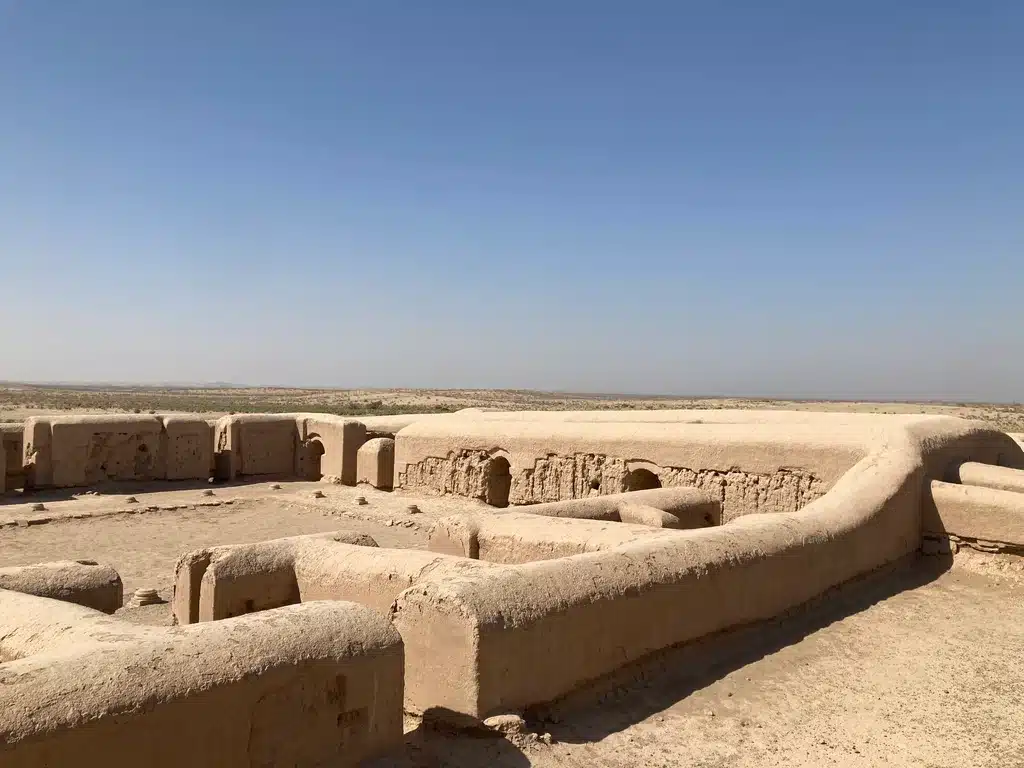
Airtam — An Ancient Settlement and Buddhist Centre on the Amu Darya
Eighteen kilometres from Termez on the Amu Darya, Airtam covered almost 90 hectares and was strategically located at a river crossing. It existed from the late second century BC to the third or fourth centuries AD.
Archaeologists uncovered a sculpted frieze of musicians, now in the Hermitage. They also found remains of a fortress and a Buddhist complex with a temple, stupa and living quarters. Airtam yielded the first Bactrian inscription with a date and hosted one of the earliest Buddhist communities of the region.
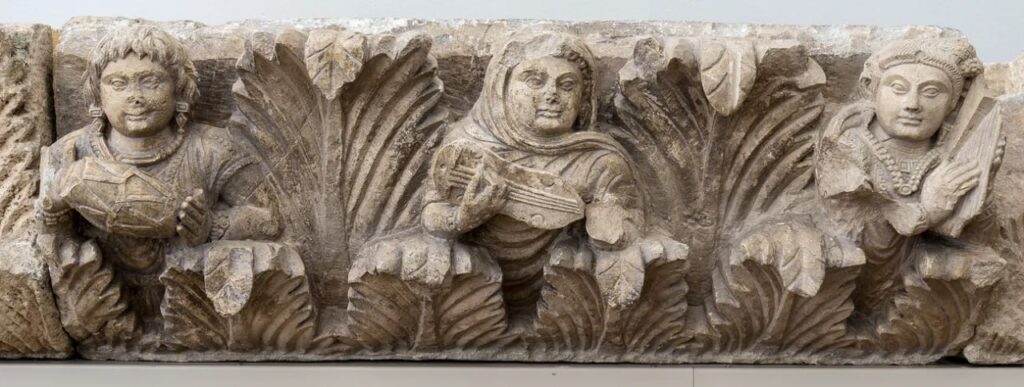
The Zurmala Stupa — A Buddhist Symbol of Ancient Termez
Situated in the north-east of ancient Termez, the Zurmala stupa is a monumental structure 13 metres high with a base diameter of 14.5 metres. Built in the first or second century AD of clay bricks, it was a major religious symbol of the Kushan era.
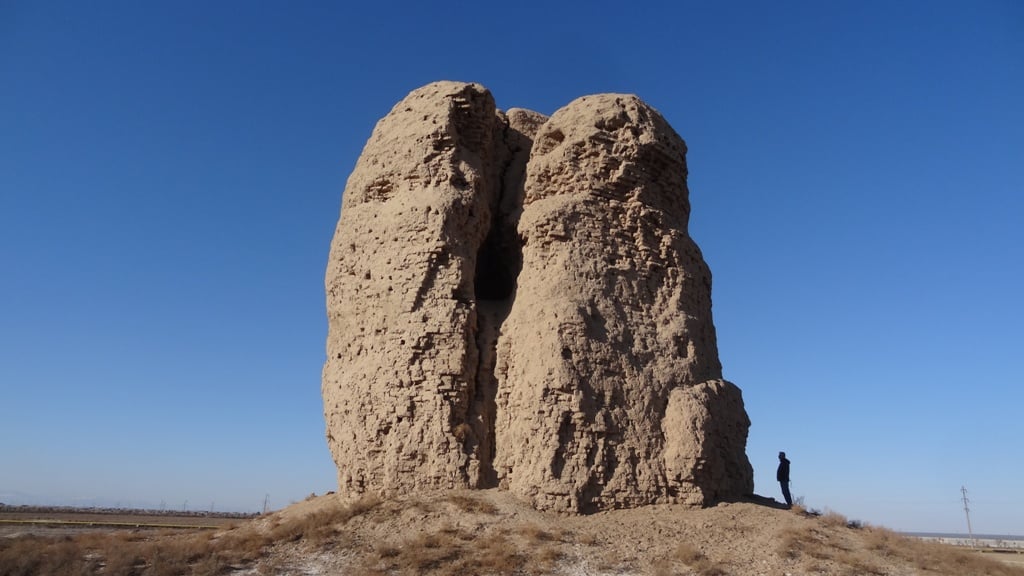
The cylindrical stupa had a domed roof topped with «umbrellas of honour», a traditional Buddhist feature. Such monuments commemorated the Buddha and played an essential role in ritual practice. Its total height once exceeded 16 metres.
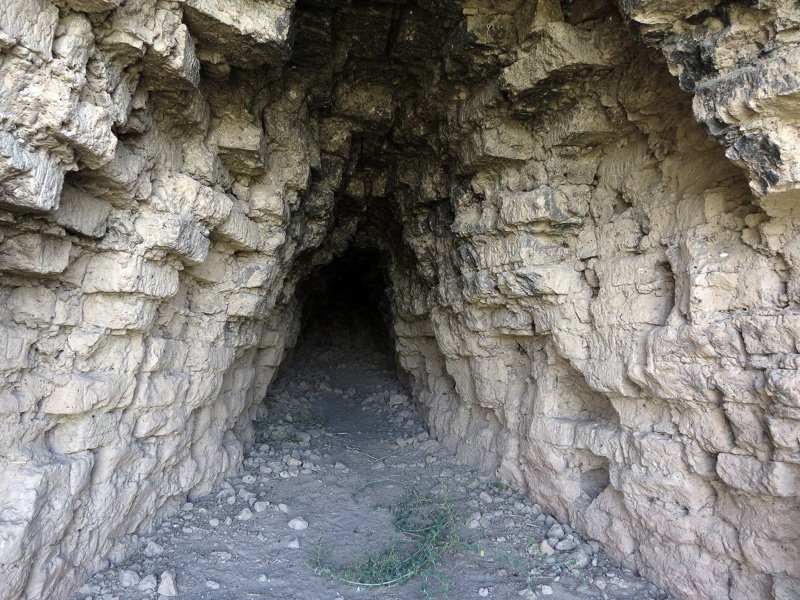
Zartepa — A Religious Centre of Bactria
Located near ancient Termez, Zartepa became a major trading and religious centre by the second century BC.
Covering 16 hectares, its walls were up to nine metres thick with semicircular towers, showing its defensive significance.
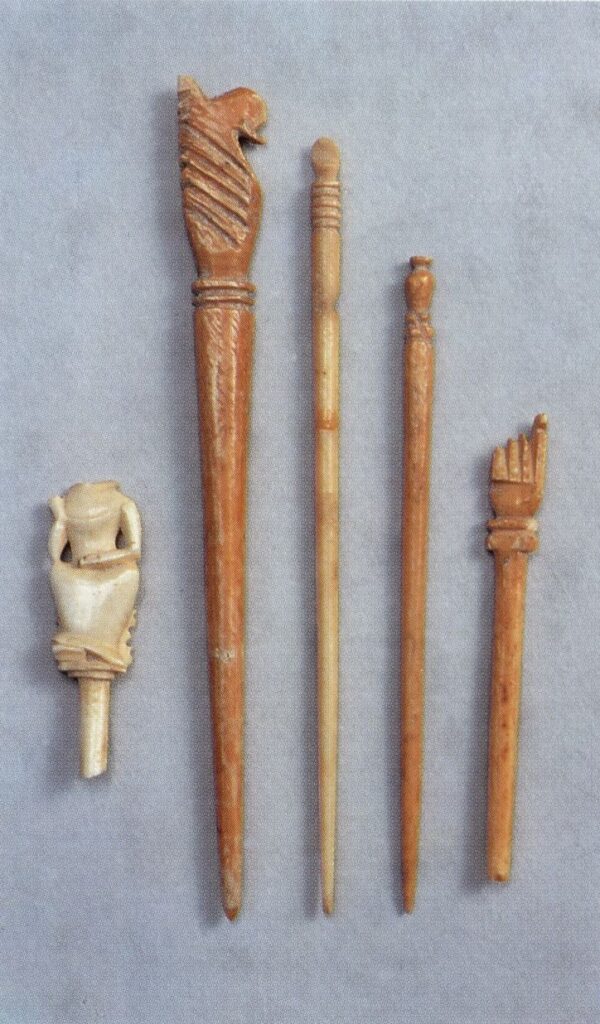
Archaeologists discovered a Buddhist chapel built into the fortress wall, revealing the prominent role of religion in city life.
Its architecture blended Indian, Greek and local traditions, creating a distinctive style of Buddhist art that later entered the global cultural canon.
Buddha in Nirvana — A Symbol of Tajikistan’s Buddhist Legacy
Buddhism in Central Asia extended beyond Uzbekistan. At Ajinatepa monastery near Bokhtar in Tajikistan archaeologists unearthed a colossal statue of Buddha in Nirvana.
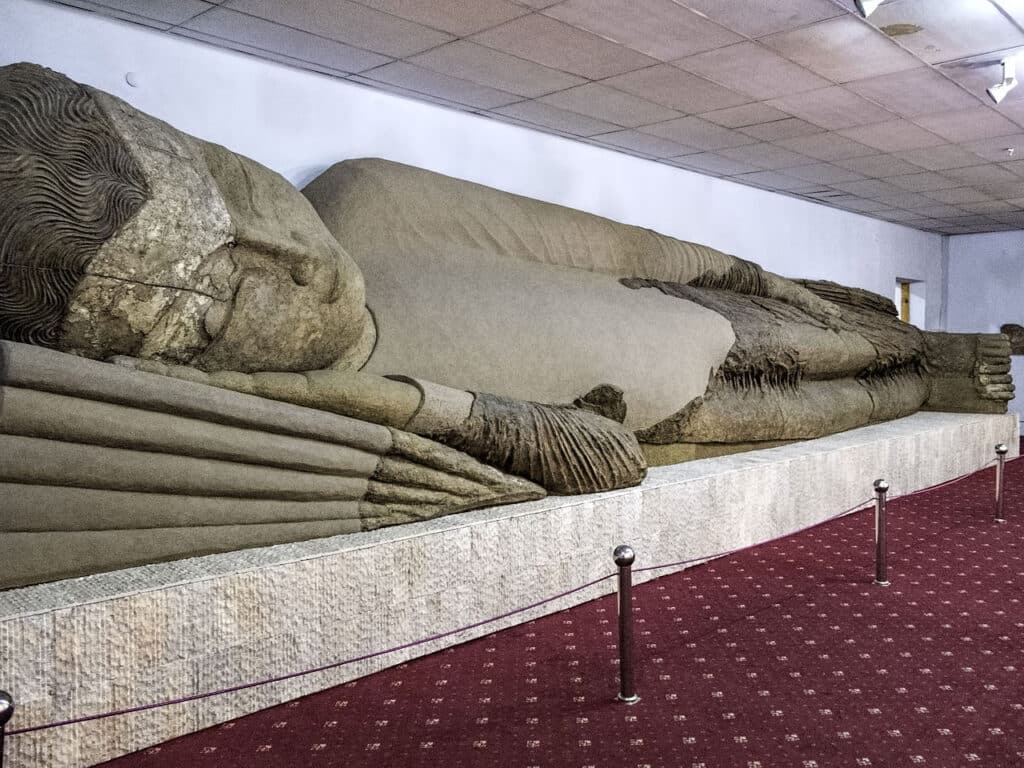
Nearly 13 metres long and weighing more than five tonnes, it is around 1,600 years old and is the largest known reclining Buddha in the world. Now housed in the National Museum of Antiquities in Dushanbe, it is one of Tajikistan’s main tourist attractions.
The statue appears frozen in stillness, carrying the breath of centuries. Standing beside it one feels not only the grandeur of ancient art but also a gentle power inviting stillness and presence. It reminds us that the world is too vast and ancient to hurry, and that calm too can be a form of greatness.





